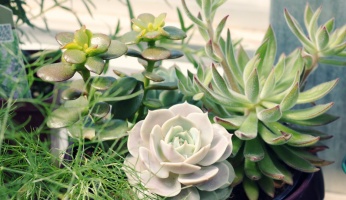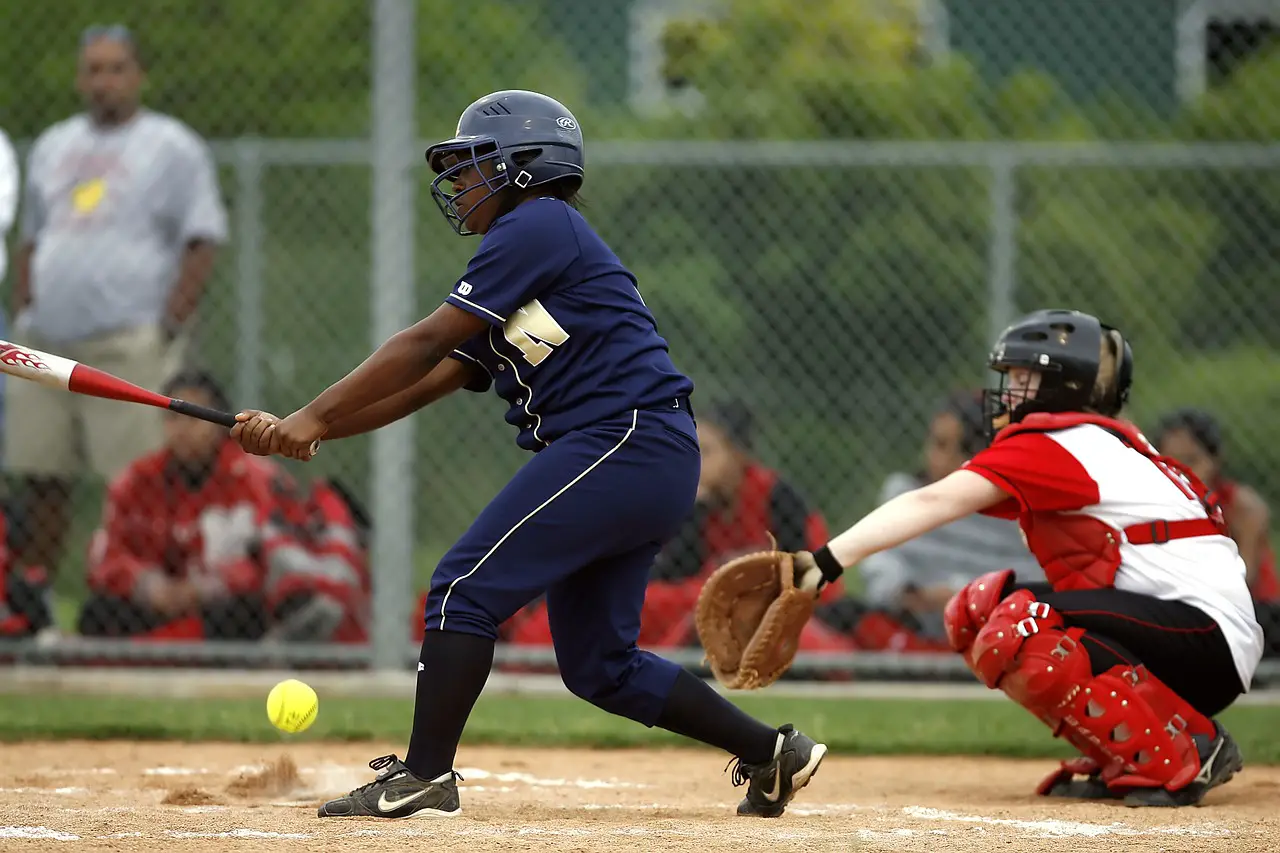Deadheading Flowers & How to Increase Your Blooms
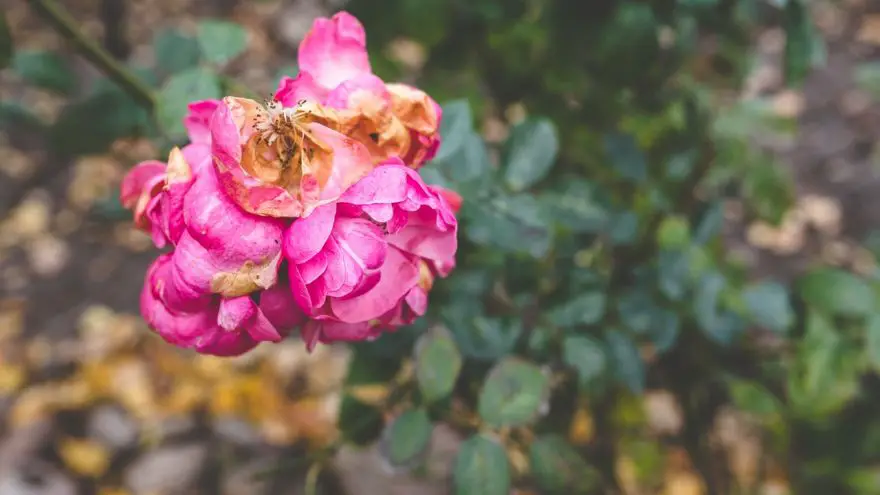 Deadheading Flowers & How to Increase Your Blooms
thegearhunt.com
Deadheading Flowers & How to Increase Your Blooms
thegearhunt.com
If you want your garden to be full of gorgeous blooms, you will need to spend a bit of time to properly take care of it. Flowers tend to remain in bloom for only a beautiful, short period of time. The thing is, if you want them to even get to that state, you will have to perform quite a few actions in your garden. The most critical of these is deadheading. This one thing is vital to the beauty of the flowers.
What Does Deadheading Mean?
Deadheading is what you need to do in order to remove wilted and dead flowers from a plant. This needs to be done if you want your flowers to remain in bloom for the whole season. Dead flowers can suffocate a plant because even though they are dead, they still consume the nutrients while not allowing the plant to grow. Because of this, as long as the wilted flowers are there, you won’t get other fresh flowers.
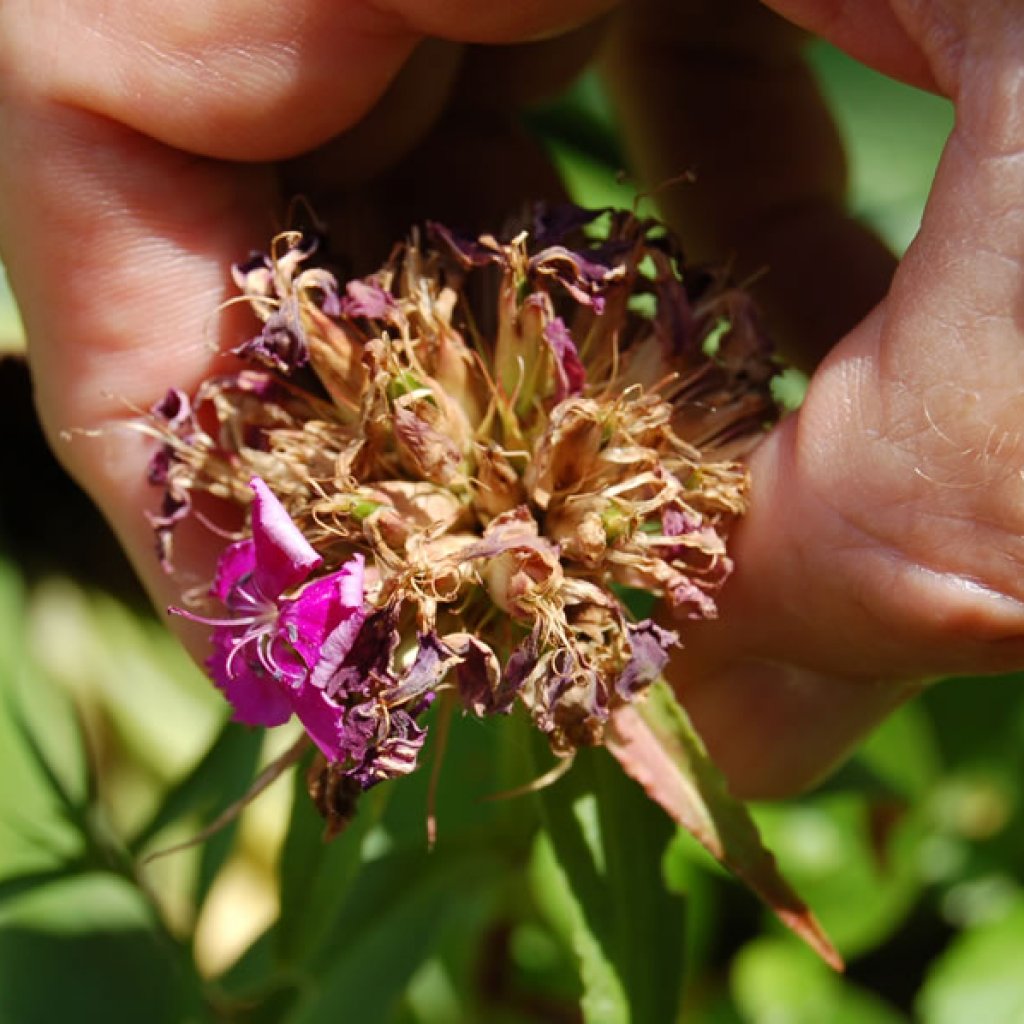
Why You Need to Deadhead
There are a few reasons to deadhead your flowers. The first one has to do with aesthetics. Once a flower dies, it will begin to look unpleasant. It will wilt, turn brown, and make the whole plant look awful. Because of this reason alone, deadheading is essential if you want your garden to be pretty. Aside from that, it assists the plant in becoming more robust and producing more flowers.
Typically, removing flowers before they are fully mature can assist the plant in growing even more flowers. Due to this, if you deadhead the plant, the blooms will continue growing for the entire season. This is true for both annuals and perennials. It is a great way to prolong the short life of an annual.
Deadheading can also make the plant healthier. When the flower is gone from the stem of a plant, it will no longer need to use the energy that was meant for that flower. It can then be directed back to the stem to be used for the root and leaves, making it sturdier.
Finally, the last thing is does is to prevent the plant from self-sowing. This can be a bad thing because most plants tend to aggressively spread their seeds and can easily become invasive. When you deadhead a flower, you prevent those seeds from ever forming. Be sure you know which ones of your plants you want to self-sow so that you avoid trouble in the future.
Which Flowers to Deadhead
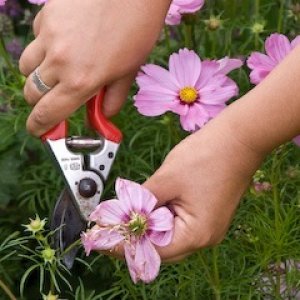 Before you go out and just begin to cut flowers in your garden willy-nilly, you need to know which of your blooms will become sturdier if you do a bit of deadheading. This is something that is ideal for the more exotic plants, such as lupine, delphinium, and bleeding hearts, but you can actually do it to quite a few different species of plants.
Before you go out and just begin to cut flowers in your garden willy-nilly, you need to know which of your blooms will become sturdier if you do a bit of deadheading. This is something that is ideal for the more exotic plants, such as lupine, delphinium, and bleeding hearts, but you can actually do it to quite a few different species of plants.
Lavender and salvia, for example, really do well after they have been deadheaded. These plants are bushy and have dozens of flowers. Removing the ones that become wilted will clear space for many more. Heliotropes and foxgloves will also neatly fall into the same category. Of course, this is also something that works well with regular plants that have single flowers – like cosmos, coneflowers, and roses.
How to Deadhead
Learning how to deadhead your flowers means that you will need to learn a few different methods. There are mainly 3 techniques, and you should choose the right one based on the particular plant that needs to be deadheaded.
Pruning
This is a method of cutting off parts of the plants by using special tools for gardening. These are snips and/or scissors. You will use these tools to remove any dead flowers that will keep the plant from growing. Before you begin to prune a plant, you should look very carefully at it.
If the plant has flower buds that are growing lower on it, but they haven’t opened yet, cut those flowers from the top of the plant stem. If those have bloomed, cut those that haven’t from the base of the stem.
Pinching
Some plants have flowers that aren’t as sturdy but grow in pretty, mild, and soft blooms. Because of this, you won’t need to use special tools to get them off of the plant. Using your fingers to pinch them off will work just fine. This is a process that is quick and can be done at any time without having to prepare for it in any way. It is truly handy for those flowers that might need to be dramatically deadheaded.
Shearing
This is the 3rd and final technique for deadheading your flowers. It is a little more radical, but ideal for plants that have quite a few flowers that are crowded together. Because plants like this can make it difficult to remove only a single bloom, it is best to wait until a few blooms begin to wilt as opposed to tackling them one at a time as each one wilts.
Once more than a few have wilted, you can just shear off about 1/3 of the bushy bloom. Take note that while you do this, you will more than likely also be removing a few healthy flowers. This can and does affect the plant’s initial production of any future blooms, but it will soon recover. Soon after being deadheaded in this fashion, it will begin to look better than it did before you needed to deadhead it. You can repeat this process as much as 3 times per season too, so the blooms will actually get better and better as the season goes on.
Techniques for Various Types of Flowers
When you are learning to deadhead plants, it can be a good thing to know which practice to use on which blooms. There are some flowers that are more popular than some of the other ones, and this means that they will be more likely to appear in your garden. Here is a quick look at some of the things that a few specific types of flowers need and a few things to keep in mind.
Flowering Spikes
Some plants produce tall spikes that flower. These can be a bit confusing to deadhead. The flowering can start right at the base of a spike before continuing upward with the passing of time, and this can leave a long bare stem that has a few blooms on top. Larkspur and hollyhock are two examples of this. If you want to deadhead the blooms of these and similar flowers, pinch the lower blooms off as they fade using your thumb and forefinger, and when the stem is about 70% bare you can cut the stem back to its base.
Bushy Plants
Deadheading plants that are bushy means that you will need to remove a part of each stem that is flowering. Perennials that are bushy will have flowers are the ends of their leafy stems, which can make it a bit confusing when it comes to knowing which parts to remove. Columbine and Shasta daisies are a couple of examples of this type of plant. Deadhead plants like this by pruning each stem that is flowering at the nearest flower bud, leaf bud, or leaf. Because plants like this can self-sow and become invasive, they should be deadheaded on a weekly basis to prevent this.
Long Stemmed Plants
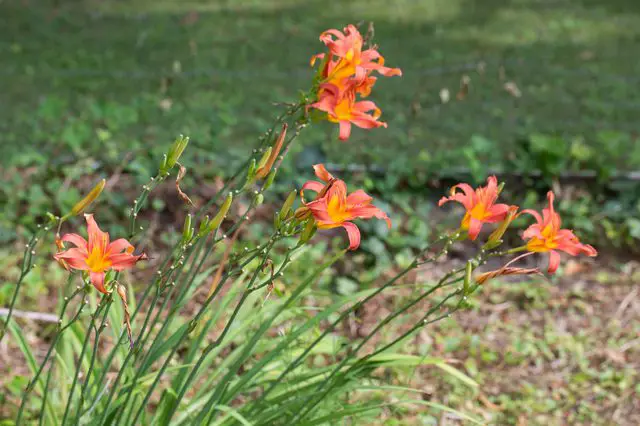 There are a few plants that will produce only 1 or 2 flowers right at the top of their long stems. Deadheading plants like this is a process that consists of 2 steps. The flowers of daylilies are one example of this. Each bloom should be pinched off when it begins to fade. Be sure when you do this that you are also removing the developing head of the seed. When all of the flowers have faded, you can prune the stem back to its base. To locate the stem in dense clumps of leaves, feel down the stem all the way to the base of it using one hand and then prune it using your other hand.
There are a few plants that will produce only 1 or 2 flowers right at the top of their long stems. Deadheading plants like this is a process that consists of 2 steps. The flowers of daylilies are one example of this. Each bloom should be pinched off when it begins to fade. Be sure when you do this that you are also removing the developing head of the seed. When all of the flowers have faded, you can prune the stem back to its base. To locate the stem in dense clumps of leaves, feel down the stem all the way to the base of it using one hand and then prune it using your other hand.
Soft Mounds
Shearing those plants that tend to grow in soft mounds can mean that they won’t grow for the whole season. For example, Lobelia produces soft mounds that feature soft stems. This makes removing each one of the dead flowers impractical. Shear plants of this type as soon as they start to appear untidy, which is typically from midsummer until the end of the season. Use grass shears to shear the mounds and remove all of the blooms. You need to leave a minimum of ½ of its foliage in order to assist the plant in its recovery. You can shear bushy perennials in the same fashion in order to encourage a second set of fresh blooms.
Roses
When it comes to popular flowers, roses tower above all of the rest. You need to know how to deadhead them. Roses need a lot of energy in order for them to produce those gorgeous flowers, so this is something that is critical for their health. Right when you see a dead flower on the bush, prune that flower away. Yes, the other flowers on that particular stem will also wilt but wait until they are all dead before pruning the entire stem.
Prune roses at a 45° angle and pay close attention to the leaves that are around whatever stem you happen to be cutting. Where you prune should be surrounded by a group of 5 leaves. If there are only 3 leaves, you should continue cutting until you locate a grouping of 5 leaves.
Plants with Quite a Few Flowers
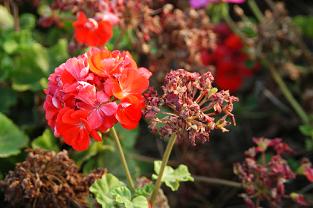 In your lawn or garden, there might be a few plants that produce blooms that are bushy. These can include flowers like thyme, ground phlox, salvia, and lavender (discussed above). All of these fall into the shearing category. You should use a pair of scissors to get rid of most of the plant once it begins to wilt.
In your lawn or garden, there might be a few plants that produce blooms that are bushy. These can include flowers like thyme, ground phlox, salvia, and lavender (discussed above). All of these fall into the shearing category. You should use a pair of scissors to get rid of most of the plant once it begins to wilt.
That being said, how do you know when the time is right for deadheading these plants? Pay close attention to the color of them as well as with all of the alterations that happen with them. Once you notice that their coloring is fading, it is time to deadhead. If you do this at the right time, you will be able to get as many as 3 sets of blooms each season.
Perennials
When it comes to perennials, you need to be a bit more careful. These are flowers that tend to spread seeds and if you aren’t vigilant, you will have more of these plants to care for in the next growing season. When it comes to perennials that are tall, you should cut the stems before all of the blossoms are totally dead. Once they begin to wilt, they will simultaneously begin to make seeds, and this might not be what you want.
For that reason, you should prune their stems right on top of their leaves. In some cases, this will also mean that you get an extra set of blossoms right towards the end of the season. Typically, this will happen with delphiniums, but only if you begin your pruning quite early on in the season.
Summer Bedding Plants
When it comes to plants in this category, marigolds, petunias, etc., it is relatively easy to deadhead them. They have flowers that are delicate and simple to handle, which means that you will only need to pinch them off right at their base. You can use a set of snips if you like, but you can more than get the job done just with your fingers.
Bulbs
The plants that grow from a bulb will begin to develop seeds as soon as their first flowers begin to die. If you want to prevent this, now is the time to begin deadheading. Use either snips or scissors to remove the flower that is uppermost on the stem. This alone will be enough to keep seeds from the beginning. Let the other blossoms fade on the stem as they normally would because this will get the bulb ready to grow in the next season.
Summing Up
Before you learn how to deadhead your flowers, you should learn why it is so important. For any bountiful flower garden, the process is one that is vital. This activity will keep your flowers fragrant and beautiful for longer while assuring that their growth next season will be healthy. It also keeps many species from self-sowing and turning into invasive specimens, so it will keep your garden pretty and orderly.
Sources
- YouTube, How to Deadhead Flowers: Increase Blooms on Your Plants
- Gardening Know How, Deadheading: Enjoying Nature’s Second Bloom
- For Garden’s Sake, Deadheading: The Why, the How, and the What
- Morning Chores, Deadheading: How to do it Right to Keep Your Flowers Gorgeous Longer






